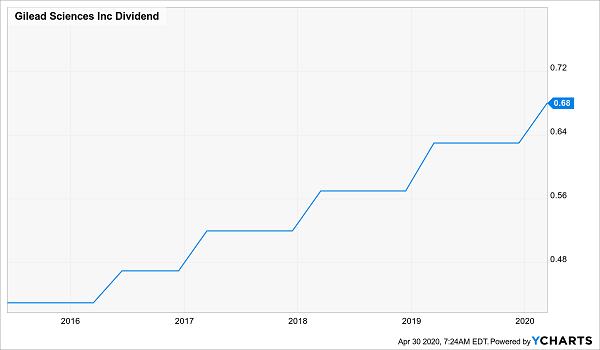If you watch cable TV or visit financial websites, you no doubt hear about “overpriced” stocks and funds all the time.
A pundit will jump on TV and say something like “Tech is overvalued.” So, by extension, a tech ETF like the Technology Select Sector SPDR Fund (XLK) is overpriced, right?
Not so—at least in a technical sense. An ETF like XLK can be overpriced, but ETFs rarely are.
A fund like XLK collects money from investors and socks it away in stocks. In XLK’s case, we’re talking about big-name techs like Microsoft (MSFT), NVIDIA (NVDA) and Apple (AAPL). But with ETFs, the price you pay tends to be close to how much it would cost to buy all of those stocks separately.… Read more


Recent Comments